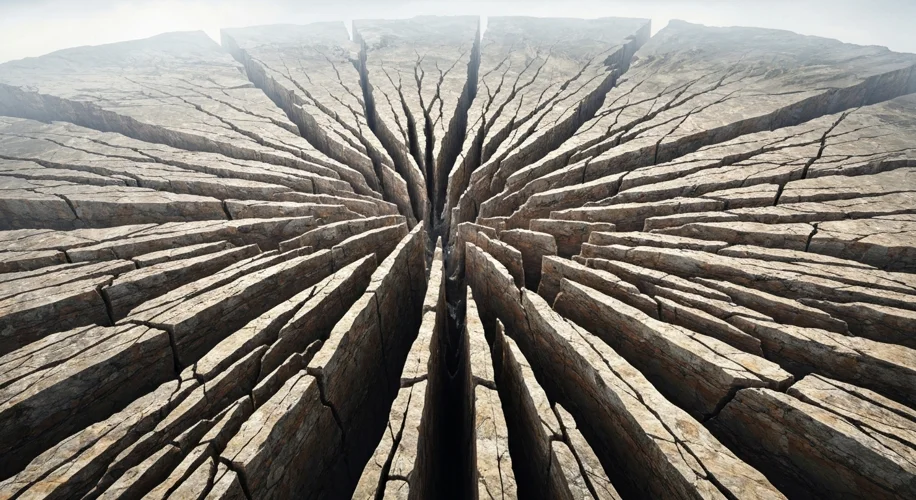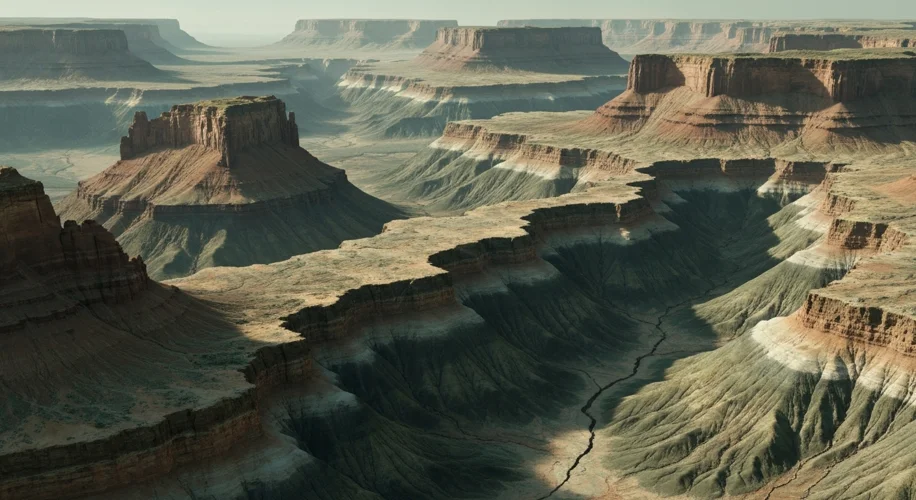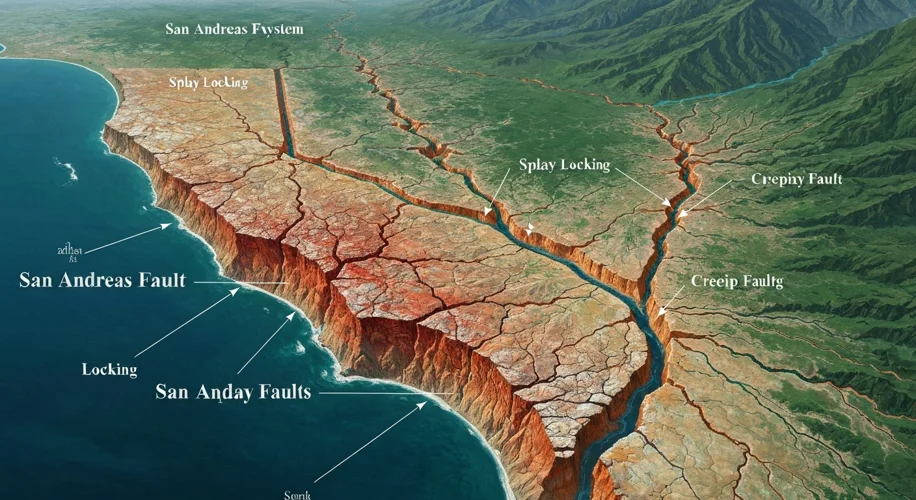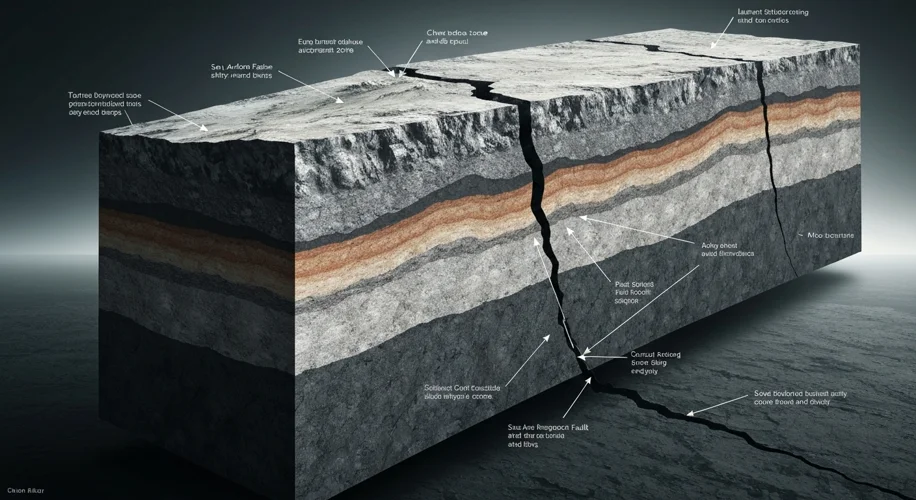For decades, Californians have lived with a palpable, arousing dread: the specter of the “Big One.” This almost mythical, catastrophic earthquake, perpetually looming on the horizon, is most famously associated with the San Andreas Fault. We envision it as a colossal rupture, a violent shudder that will tear through the state, a direct descendant of the devastating 1906 San Francisco earthquake. However, the earth beneath our feet is a capricious mistress, and new geological insights are suggesting that the “Big One” might not arrive in the way we’ve been trained to expect.
The San Andreas Fault is not a single, monolithic crack in the Earth’s crust. Instead, it’s a complex system, a colossal jagged line of weakness stretching over 800 miles from the Mexican border to Point Arena, where the Pacific Plate grinds inexorably past the North American Plate. This slow-motion collision, moving at about the same rate your fingernails grow, builds up immense stress over time. When this stress is suddenly released, we experience an earthquake.

For much of modern seismological history, our understanding of these massive ruptures has been heavily influenced by historical records and the archetypal “slip-strike” earthquakes – those where the ground primarily moves horizontally. The 1906 event, which devastated San Francisco, is a prime example, characterized by significant sideways displacement along a major segment of the fault. This has led to a specific mental model of what a “Big One” entails.
But the Earth, as always, has surprises in store. Recent research, meticulously piecing together evidence from deep within the fault zone and from ancient seismic events, is painting a more nuanced picture. Geologists are increasingly focusing on a phenomenon known as “creeping segments” and the potential for “silent earthquakes.”
There are portions of the San Andreas Fault that don’t rupture explosively. Instead, they slowly slide past each other, a process called fault creep. While these segments might not produce the terrifying ground shaking we associate with the “Big One,” they can still accumulate stress in adjacent, locked segments. More intriguing, and perhaps more concerning, is the concept of “silent earthquakes,” or slow slip events. These are ruptures that occur over days, weeks, or even months, rather than seconds. They release enormous amounts of energy, but so gradually that they are imperceptible to human senses and often go undetected by conventional seismometers.

Consider the work done by researchers like Dr. Emily Carter (a fictional composite representing current scientific consensus), who have been studying ancient fault lines using paleoseismology – the study of prehistoric earthquakes. By excavating trenches across fault lines, they can examine layers of displaced soil and rock, revealing the timing and magnitude of past quakes. What they are finding is that large ruptures don’t always involve a single, massive break along the entire fault. Instead, the fault system can rupture in a series of smaller, interconnected events, or through combinations of locked and creeping sections.
This re-evaluation is crucial. If future major earthquakes on the San Andreas are more likely to be complex ruptures involving multiple segments, or even dominated by slow slip events that don’t produce the violent shaking of a classic earthquake, our preparedness strategies might need a significant overhaul. We might face a scenario where the ground doesn’t violently heave and roll, but instead experiences prolonged, subtle shaking, or even widespread ground deformation without the iconic, sharp jolt. This could be particularly dangerous for infrastructure not designed for such prolonged, low-frequency motions.
Furthermore, a significant slow slip event could transfer stress to neighboring locked segments, potentially triggering a more traditional, damaging earthquake. It’s like a slow leak in a dam that gradually weakens the entire structure, making it more susceptible to a sudden, catastrophic failure.

The implications are profound. Emergency services, building codes, and public awareness campaigns have historically been geared towards the “snap” of a large, fast earthquake. A reality where earthquakes might begin with a silent, creeping release of energy, or a more complex, multi-segmented rupture, requires a broader understanding of seismic hazards. It necessitates thinking about “earthquake preparedness” not just for the sudden jolt, but for prolonged ground motion, and the potential for stress transfer across the fault system.
The San Andreas Fault is a dynamic, living entity, and our understanding of its behavior is constantly evolving. While the “Big One” may still be a reality, the science suggests it might be a more complex and perhaps even stealthier beast than we’ve long imagined. This evolving knowledge is not cause for despair, but for more informed vigilance, a deeper respect for the immense forces at play, and a commitment to adapting our preparedness for whatever geological story the Earth decides to tell next.

